General
There are currently no publications to display for you at this time. Please check back later!

Are you having Trouble Finding the Page you are looking for? Feel free to contact us or use our A to Z page to find an alphabetical list of pages and services available on this site.


